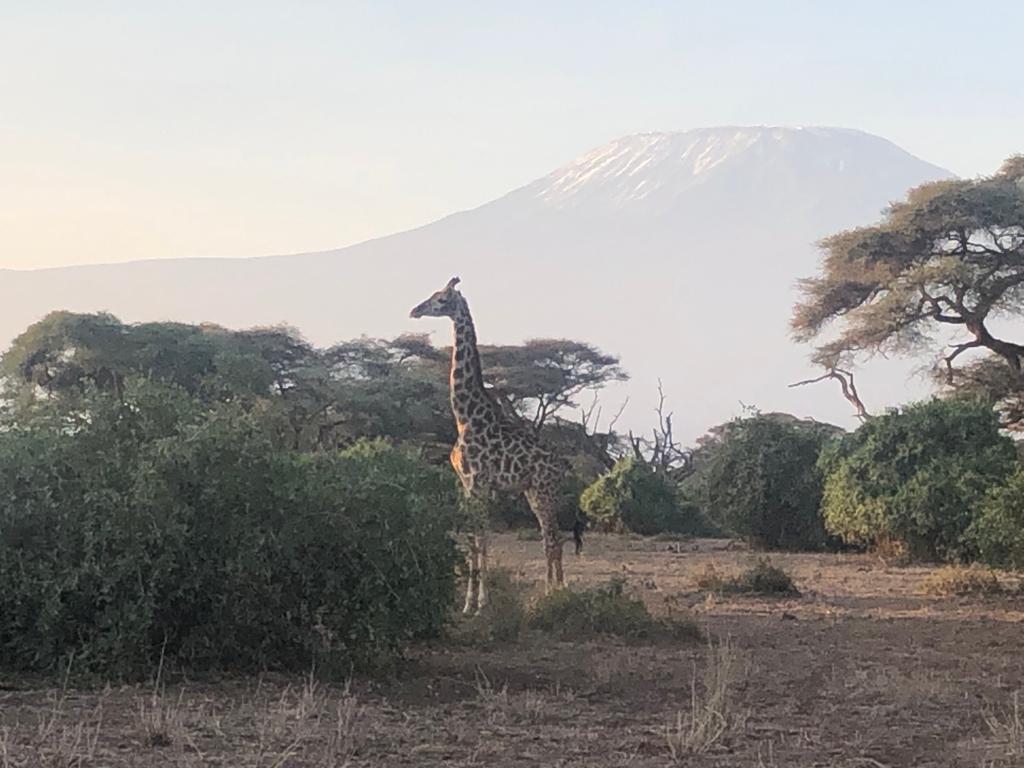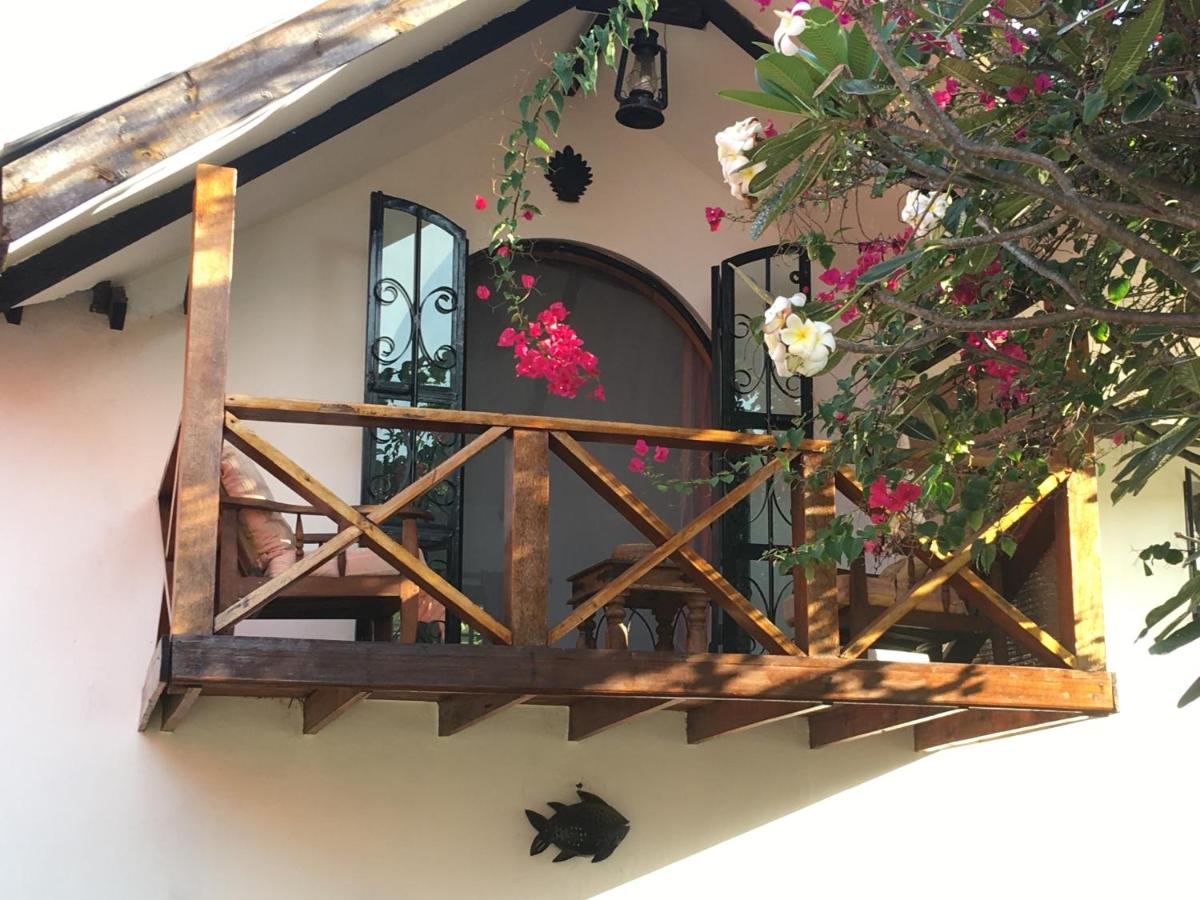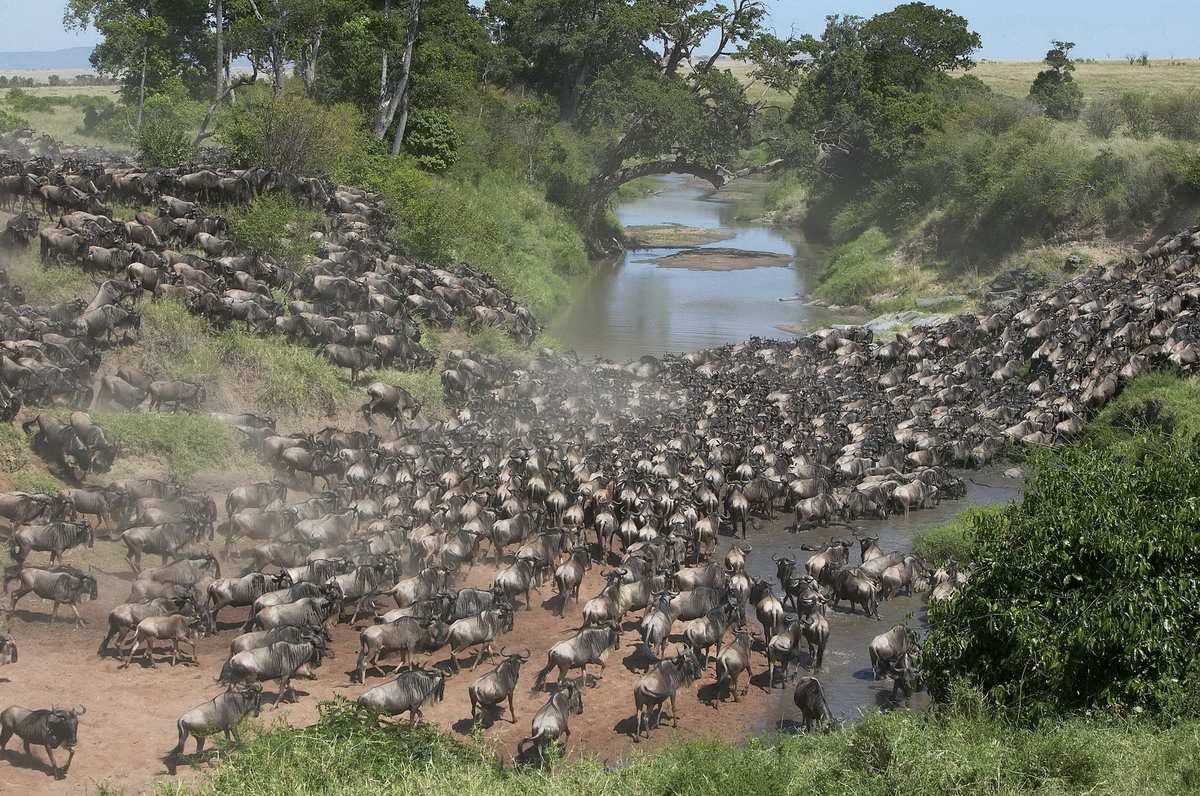3 Surprising Things I Did Not Know About Travelling By Train In Kenya
The Kenyan train system consists of the idyllic traditional chug of fire against metal and puffing of smoke in the air. It’s classic! The train system that was introduced by the Britons in the colonial period has touches of Britain’s travelling by train In Kenya in the appearance of the carriages, inside and outside. The railway and train system is run by the Rift Valley Railways company (RVR). RVR operates from Mombasa Port in the East to Uganda, far west, deep into the land. RVR is predominantly a freight transporting company. However, commuter and passenger services for anyone who would like to traverse the country are available.
Well, here are three things about train travel in Kenya that you may not have known.
1) Commuter travel is still popular with train travel in Kenya
Every month approximately half a million passengers and commuters in Kenya use the train to travel to various destinations. Unfortunately the destinations are limited to the greater Nairobi region. Contrary to popular belief, the train system is very useful and of great need to many people in the capital city. From Nairobi City, the commuter trains make at least two trips per day to the following destinations: Ruiru, Embakasi, Kahawa, Kikuyu and Stone Athi. All these locations are within a 50km radius of Nairobi City. The next time the traffic bores you to tears, indulge in a train.
2) Inter-city train travel is fairly cheap and touristic
With the exception of public bus travel, travelling by train is by far the most economical means between Kenya’s three cities. Passengers need to ensure that they buy their tickets at least three days in advance. On the day of travel, they must check in at least an hour before departure.
Nairobi to Mombasa
If you wish to travel to Mombasa from Nairobi, catch the train every Monday, Wednesday and Friday. Brace yourself for 530 km and 15 hours of lovely train sounds. The trip begins at 7pm and ends at 10am by the Indian Ocean. By 4:00am, the train should be passing by Voi town. With sunrise around the corner, passengers can witness the wild animals and the beautiful scenery of the Kenyan Savannah as the train cuts through the Tsavo National Park. Always keep your window closed. If you need ventilation, it is best to simply use the louvers. As you have breakfast in one of the train cars, you can witness giraffe, ostrich and impala outside your window. It is an indelible experience. The train from Mombasa to Nairobi can be caught on the alternate days except Saturday i.e. Tuesday, Thursday and Sunday.
1st Class costs from 51 US dollars pp for adults and from 33 dollars pp for children aged 3-11. This cost includes dinner and breakfast in the restaurant car. In first class, the passenger shares a 2-berth compartment. Each berth is lockable. In the day, both sleeping berths convert into a sitting room area. Beddings are provided and a wash sink too. Along the corridor are the toilets.
2nd Class costs from 39 US dollars pp for adults and from 26 dollars pp for children aged between 3 and 11 years. It includes dinner and breakfast too. Without dinner, it costs 27 dollars. In second class, the compartment has four sleeping berths.
3rd class costs from 8 dollars pp for adults and 4 dollars for children aged between 3 and 11 years. It consists of basic seats in open plan carriages.
3) The Nairobi to Kisumu train is currently non-operational
The Nairobi to Kisumu train is currently not in operation due to repairs being made. Feel free to frequently consult the RVR website on any progress along this trip. Their URL link is http://www.riftvalleyrail.com/inter-city. Who knows, the third thing you may not have known about train travel in Kenya may soon become history.





